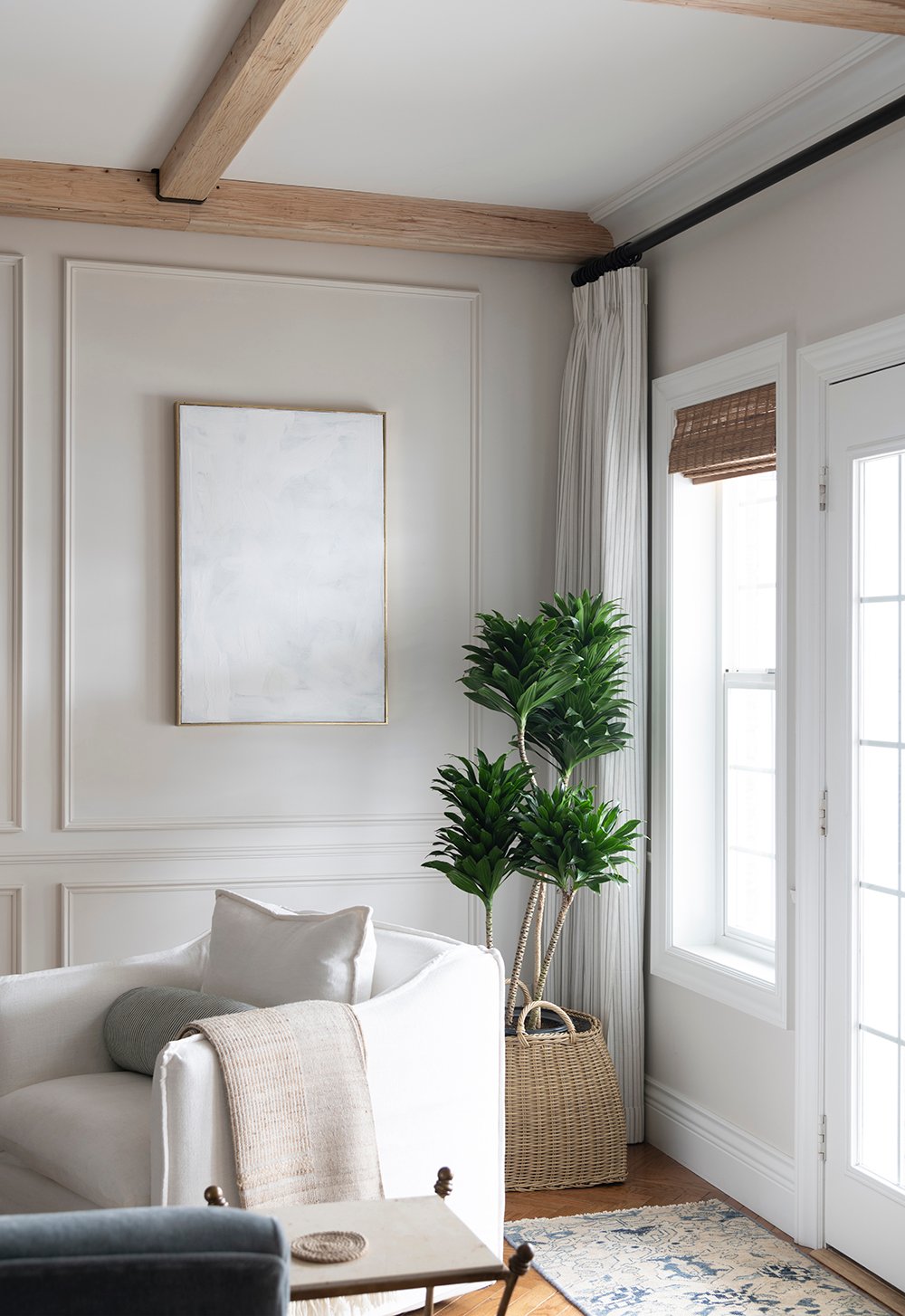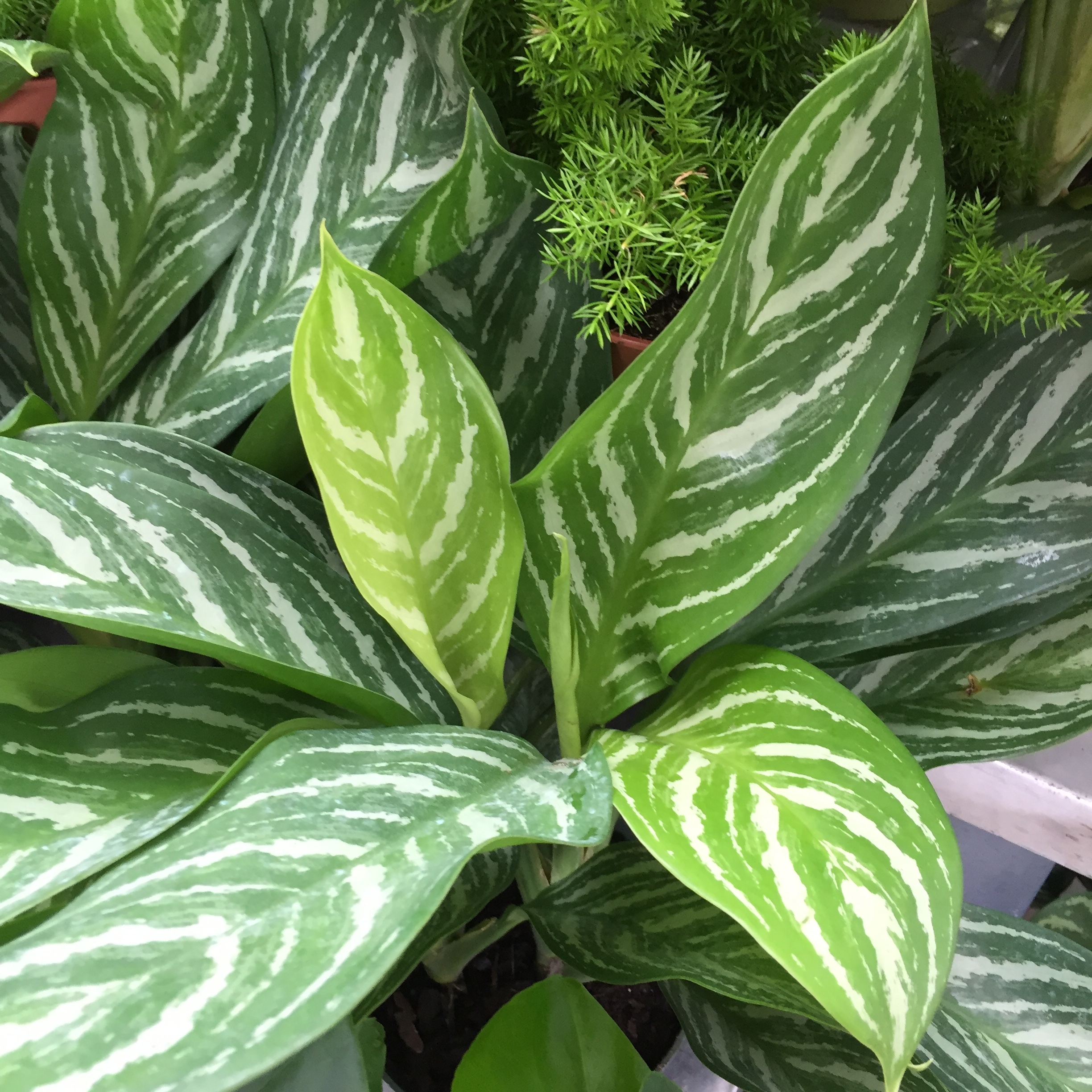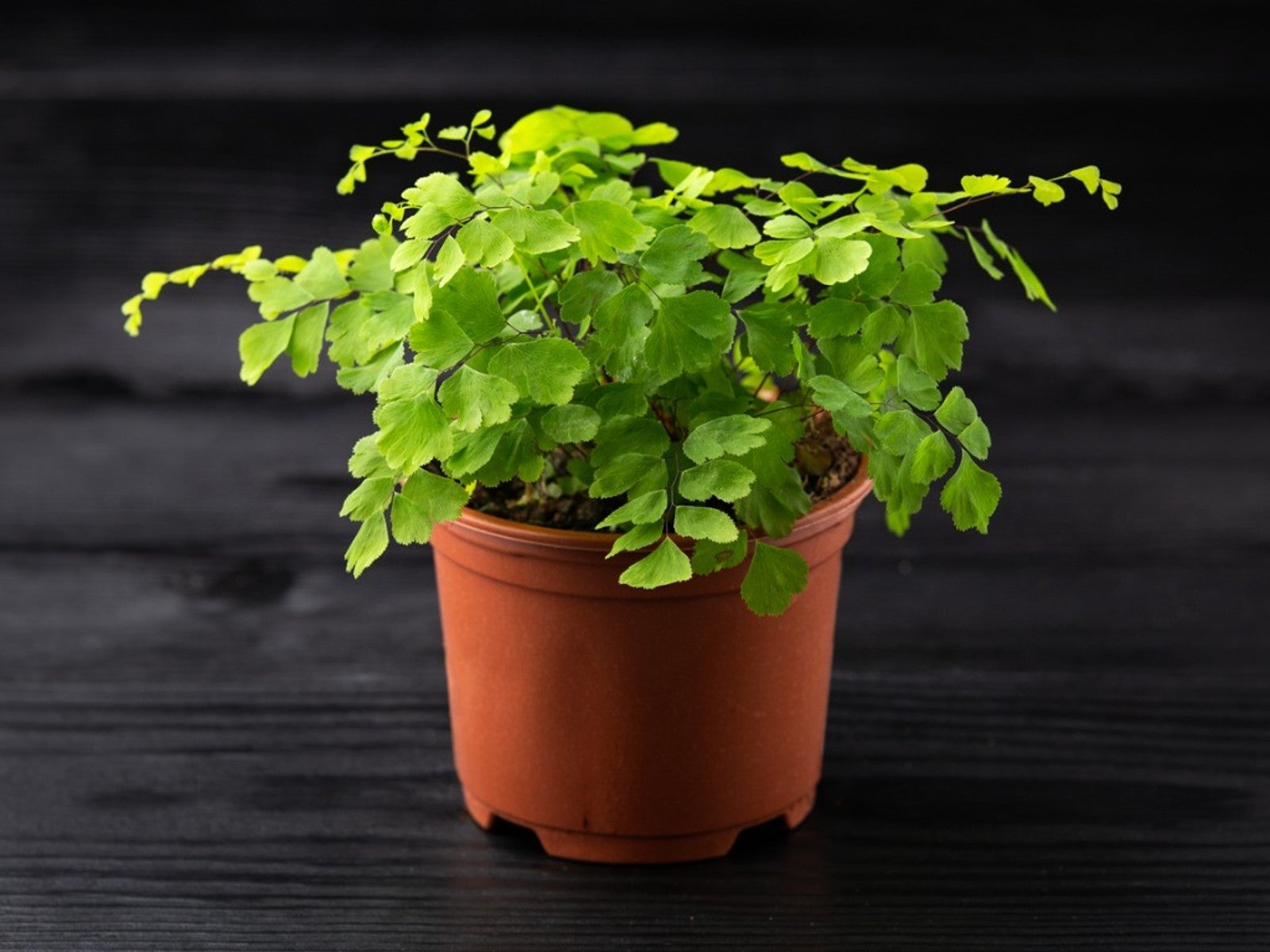The Best Low-Light Indoor Plants to Improve Your Home’s Air Quality
The Best Low-Light Indoor Plants to Improve Your Home’s Air Quality
Blog Article
Transform Your Home With Beautiful Low-Light Indoor Plants and Their Benefits
Incorporating low-light interior plants into your home can substantially boost both the ecological and aesthetic high quality of your space. These plants, which thrive in dim problems, offer not only as decorative components however additionally as all-natural air cleansers, making them perfect for city occupants or those with restricted sunlight exposure. As we discover the various sorts of low-light plants and their advantages, you may locate surprising methods to incorporate them into your home that can change your environments in methods you may not have actually prepared for.
Benefits of Low-Light Plants
Low-light plants provide numerous benefits for interior environments, making them an exceptional option for both amateur and knowledgeable garden enthusiasts. One of the key benefits is their adaptability to low-light conditions, enabling individuals to enhance their living spaces without the requirement for comprehensive sunshine exposure. This particular makes them excellent for apartments, offices, and various other areas with restricted all-natural light.

Moreover, incorporating low-light plants right into home décor can raise the aesthetic allure of an area. Their rich foliage and varied structures create a soothing environment, adding to overall wellness. The visibility of greenery has been linked to lowered anxiety degrees and enhanced efficiency, making low-light plants a practical choice for improving both psychological and physical health and wellness in indoor settings.
Top Low-Light Indoor Plants
While numerous indoor plants grow in brilliant light, numerous varieties are especially appropriate for low-light problems, making them suitable for numerous indoor areas. One popular choice is the Snake Plant (Sansevieria), recognized for its striking upright leaves and resilience, requiring very little care. An additional outstanding option is the Pothos (Epipremnum aureum), which features heart-shaped fallen leaves and can trail perfectly from shelves or hangers, prospering in reduced light and adding a lavish touch.
The ZZ Plant (Zamioculcas zamiifolia) is commemorated for its glossy fallen leaves and capability to endure disregard, making it perfect for busy lifestyles. Likewise, the Tranquility Lily (Spathiphyllum) not just endures reduced light but additionally creates stunning white blooms, enhancing any area's visual.
For a special touch, consider the Cast Iron Plant (Aspidistra elatior), which without a doubt meets its name, prospering in the darkest edges of your home. The Chinese Evergreen (Aglaonema) supplies a variety of fallen leave patterns and shades while being remarkably flexible in low-light conditions. These plants not only beautify interior environments however also add to air purification, improving your home.
Care Tips for Low-Light Plants

Watering techniques are vital; these plants commonly choose slightly dry problems. Overwatering can lead to root rot, so make sure that the leading inch of dirt is completely dry before watering once again. Use pots with drain openings to enable excess moisture to run away.
Moisture is an additional vital variable. Numerous low-light plants, such as brushes and peace lilies, take advantage of higher humidity degrees. To boost humidity, consider misting the fallen leaves or putting a tray of water near the plants.
Fertilizing should be come close to with caution. During the growing season, use a thinned down, balanced liquid fertilizer on a monthly basis to sustain development, however prevent fertilizing during the dormant winter months.

Imaginative Ways to Present Plants
Indoor plants can act as fascinating centerpieces in any type of space, boosting both visual appeal and ambiance. Innovative screens can elevate the visual influence of low-light plants, making them an essential component of your home decor. One reliable approach is to use tiered plant stands, which permit you to display numerous plants at differing elevations while making the most of floor room.
Hanging planters are another cutting-edge option, developing a sense of deepness and drawing the eye upwards. Think about macramé hangers or wall-mounted shelves to present an one-of-a-kind structure and design.
For a more organized method, use geometric terrariums or glass containers to house your plants, including a modern-day touch to your indoor garden. You can additionally repurpose classic items, such as teacups or wood dog crates, for an eclectic display screen that shows your character.
Enhancing Home Atmosphere With Plants
Incorporating low-light plants right into your home not just enhances aesthetic charm however additionally contributes dramatically to the general ambiance. These plants function as all-natural design aspects, presenting a feeling of serenity that can change any type of read space. The existence of greenery promotes a relaxing environment, which is especially helpful in high-stress environments such as office or living spaces.
Low-light plants, such as serpent plants, pothos, and ZZ plants, are not only visually pleasing but additionally improve indoor air high quality by filtering pollutants. This dual function improves the setting better, developing a much healthier home (Best low-light indoor plants). The calculated placement of these plants can likewise affect the perception of space; for instance, tall plants can attract the eye upwards, making ceilings appear greater and areas more spacious
In addition, differing appearances and shades of foliage add deepness to indoor style, permitting creative expression in home designing. Whether put on racks, in corners, or as focal points, low-light plants can boost page the mood of any type of area. In summary, integrating these plants into your home is an effective means to promote a warm, welcoming ambience while profiting of boosted air quality and visual adaptability.
Verdict
Including low-light interior plants into home atmospheres uses countless advantages, consisting of improved visual allure and improved air top quality. These resistant plants, such as the Serpent Plant and Peace Lily, need very little light and upkeep, making them appropriate for varied way of livings.
While lots of interior plants thrive in intense light, numerous species are especially well-suited for low-light conditions, making them optimal for various interior rooms. One efficient approach is to use tiered plant stands, which enable you to showcase multiple plants at differing heights while maximizing flooring space.
Low-light plants, such as snake plants, pothos, and ZZ plants, are not just aesthetically pleasing but additionally enhance indoor air top quality by filtering system contaminants. Best low-light indoor plants. The tactical placement of these plants can also affect the understanding of area; for instance, tall plants can draw the eye upward, making ceilings appear greater and rooms much more roomy
These resilient plants, such as the Snake Plant and Tranquility Lily, need marginal light and upkeep, making them appropriate for check here varied way of lives.
Report this page